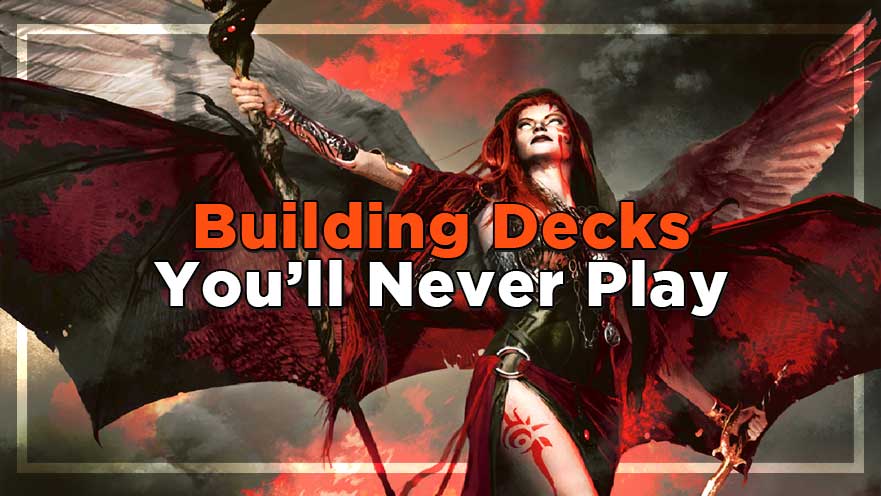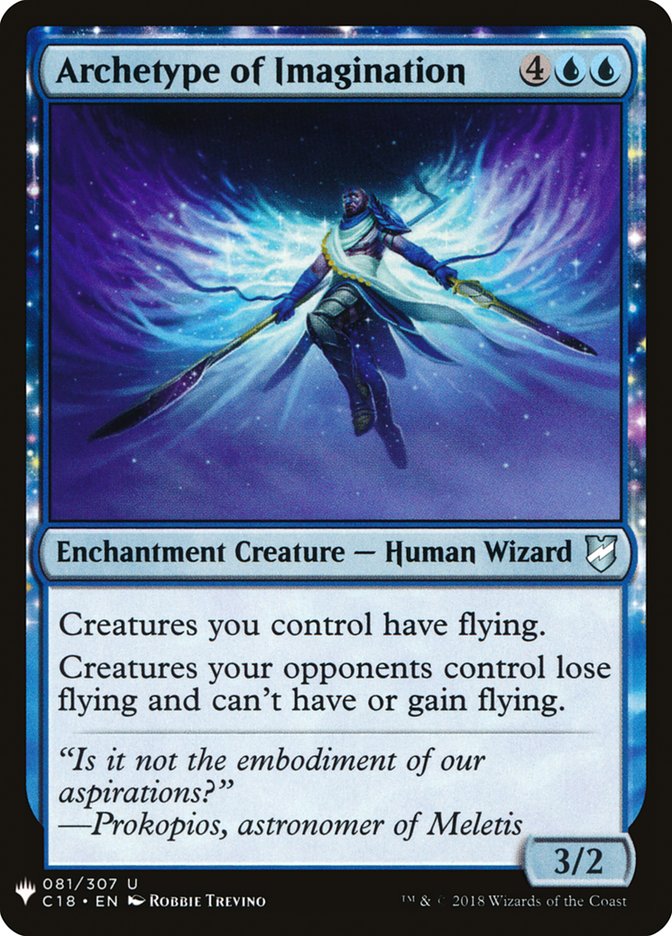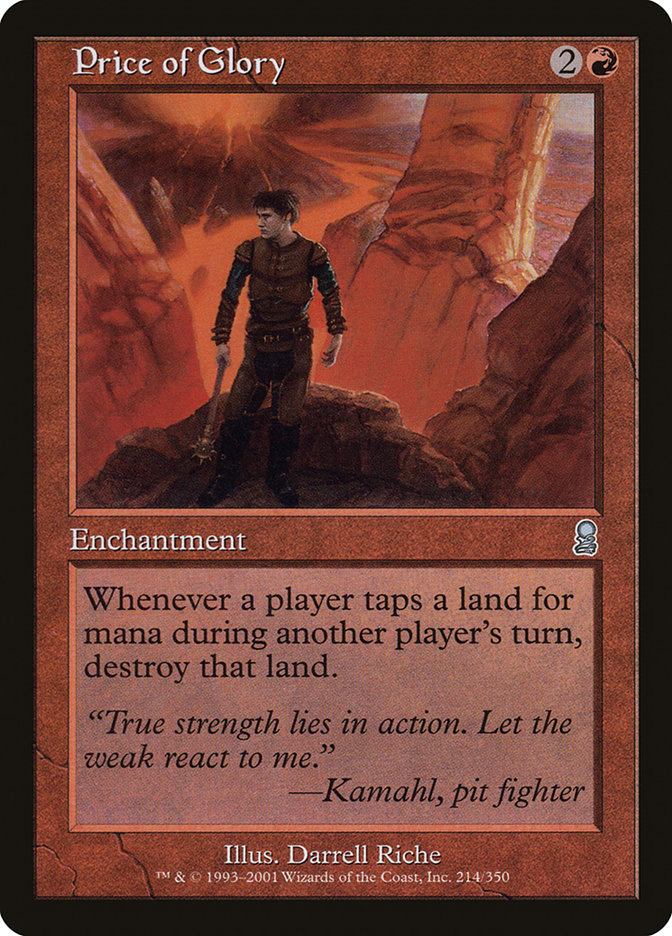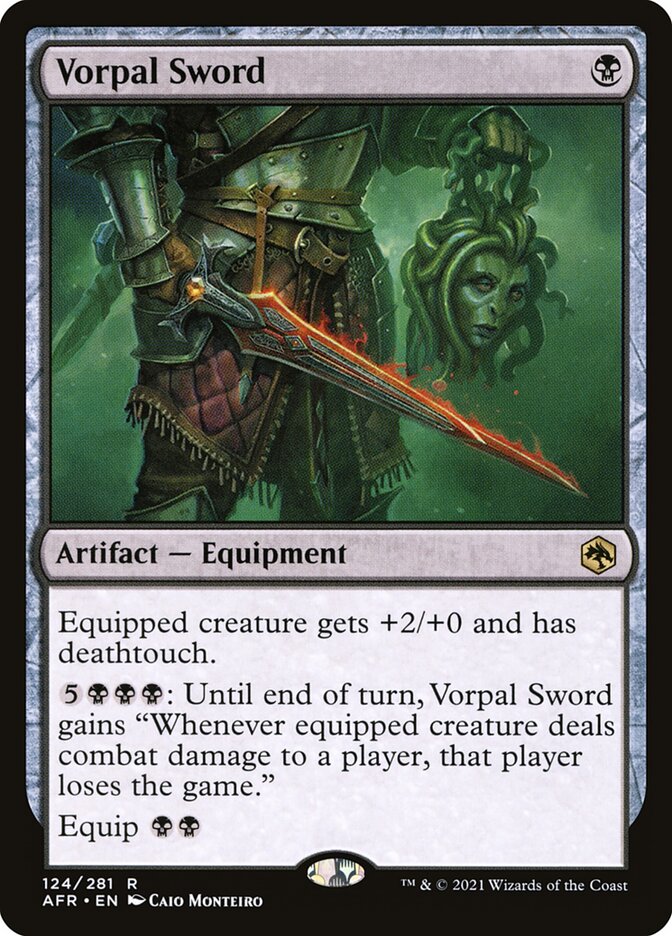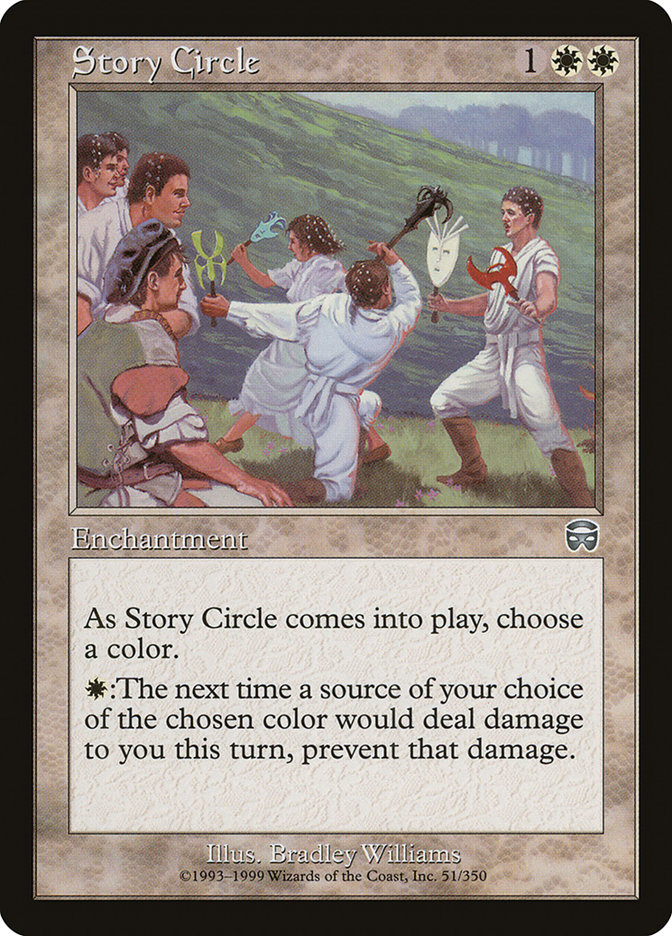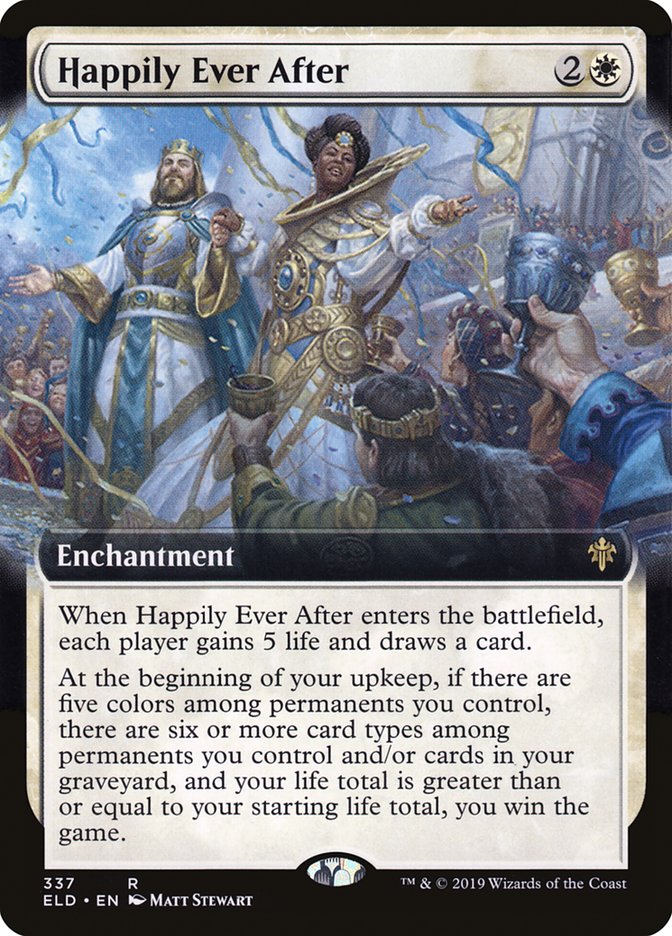Brewing a deck you never bring to a game might sound like a failure, or at least a squandered effort. By default, decks are built to be played; the expected flow of gameplay is what gives deckbuilding choices complexity and guides our card selections. But I’ve found brewing for its own sake can still be rewarding—just as a stage play or musical album need not be performed to be complete in the eyes of its composer.
It’s also more common than you might imagine, which I’ve confirmed by talking with friends and fellow Card Kingdom writers for this article. Each of us have had different reasons to find ourselves in a pure deckbuilding exercise, and each of us got something different out of it. As a whole, I think that these experiences reveal something vital about why Magic is such a beloved hobby for many of us.
WORTH BREWING VS. WORTH PLAYING
When I talk about a deck you build but don’t play, I’m not talking about those situations where you’re pursuing a deck idea (often for Constructed formats) and it just doesn’t end up at the powerlevel you need for it to be viable. I’ve had more than my share of those experiences too, but building for Constructed in general lacks some of the flexible, creative atmosphere which informs brewing in Commander. The culture of Modern does not promise that all decks will thrive equally, and far few players brew their own archetypes as a result.
Even in casual multiplayer, where a weaker deck can expect some mercy, power level can cause a gap between “worth brewing” and “worth playing.” But in this case the boot’s usually on the other foot. Stop me if you’ve heard this one before:
I bought the Kaalia of the Vast precon deck when it came out because I liked red-white and black-white decks from Ravnica. I was really excited by the playstyle and by dumping huge monsters into play for free.
I enjoyed researching good synergistic threats and balancing the ratio of monsters, ramp, and interaction to ensure the deck worked. I was extremely satisfied at how close my personal list was (and is) to the community consensus best versions of the deck, and how well it realized my desired playstyle of drag racing with dragons.
And in the decade that it’s been complete, I have played that deck an average of once a year.
Have I fallen out of love with the list? No. I still think it’s perfect and I still keep it updated when new cards come out. And it’s not for a lack of chances to play Commander. But the way the deck needs to work—ramping into immediate threats and making it difficult to fight back while mercilessly focus-firing one victim at a time—is the antithesis of what most other players want or expect from Commander.
So Kaalia stays in the box unless I run into someone who is actively prepared for that kind of no-holds-barred Magic. But it’s no less fun to tinker with, and I have no intention of ever altering my vision for how it plays. It wasn’t a failed project in my eyes. The focused deckbuilding experience and resulting prize—this really nice-looking deck full of awesome rare flyers—is all I need.
ENJOYING THE EXERCISE
I’m sure that many of you have shared my experience of having a deck which you’re excited to play but others are not. So what about building a deck which you never had any intent to play in the first place? It’s fun to latch onto a sudden flight of fancy and see how far you can run with it, digging through search engines and online lists to figure out how to turn your idea into a complete decklist.
Freed from the expectation (and limitations) of needing to actually assemble what you build, these impulsive brews can be a great opportunity to explore hidden depths of Magic. I have no real interest in cEDH, but pushing myself outside my comfort zone to brew around Gerrard, Weatherlight Hero let me appreciate whole classes of cards which I would never consider for casual decks. Similarly, helping friends build their favorite commanders consistently shocks me at how much I can learn from seemingly shallow concepts.
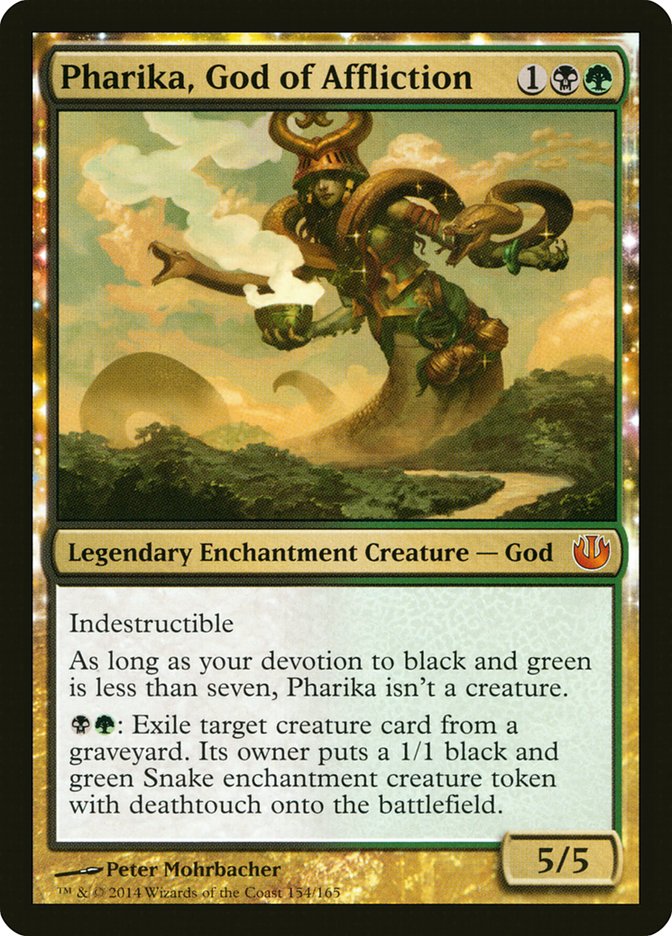
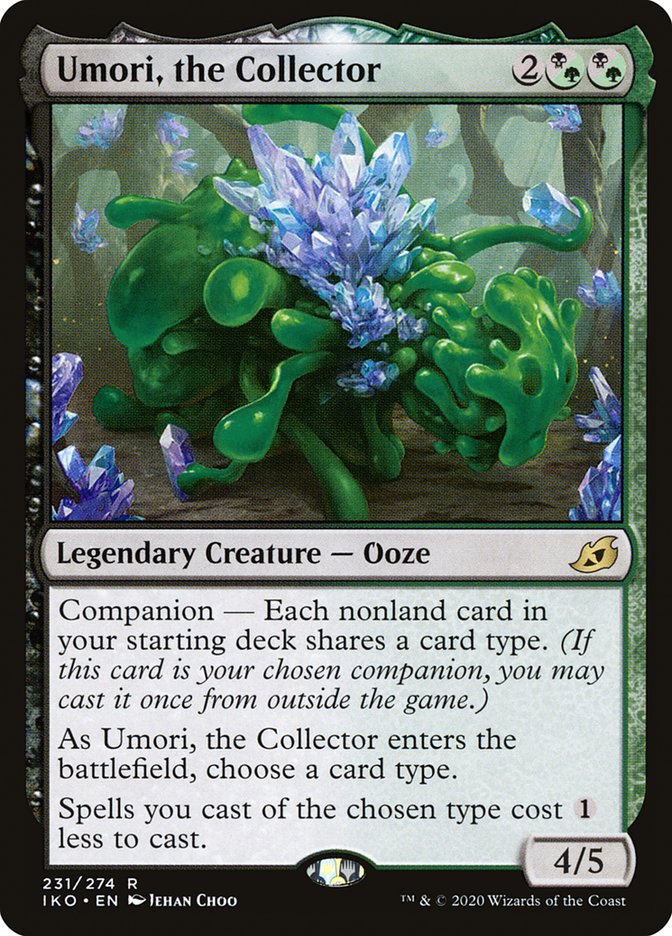
Sometimes it’s a particular commander choice or mechanic which catches my eye; I spent a while pushing the limits of combat tricks with Zada, Hedron Grinder and Anax and Cymede. Sometimes it’s an interesting constraint imposed on yourself or by your card choices. For example, I started my Sefris Reanimator deck as an attempt to brew something which didn’t play mana rocks or ramp.
The shift towards online play in recent years has led to another kind of deckbuilding constraint—one which our Head Writer, Kristen Gregory drew my attention to.
She built a really cool, unique Mono-Black Control build with Massacre Girl, which got extra mileage from reanimating Massacre Girl’s victims out of opposing graveyards. The deck played well, got to run unique card slots, and generally felt like a home run!
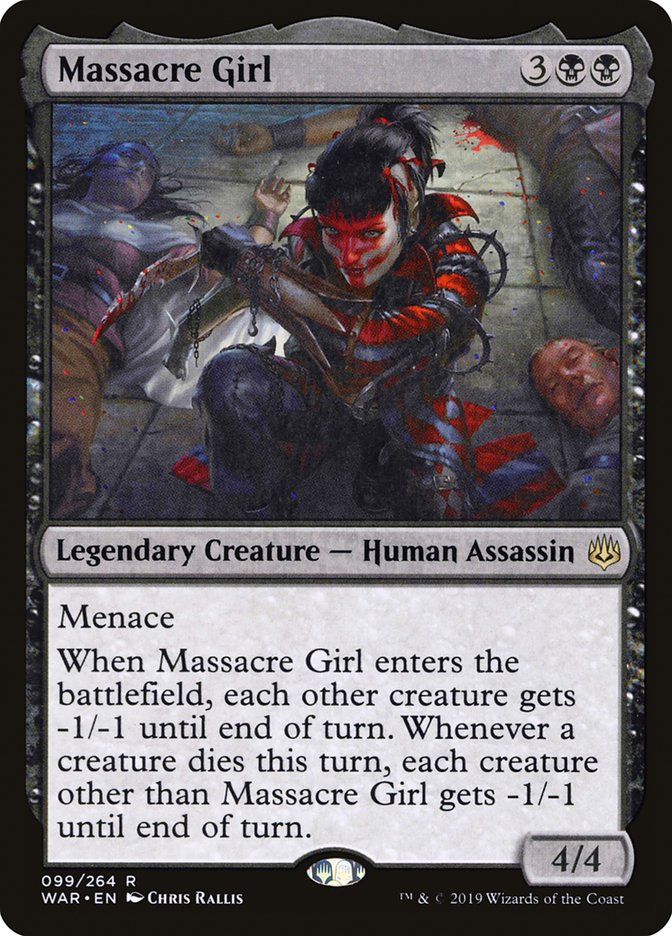
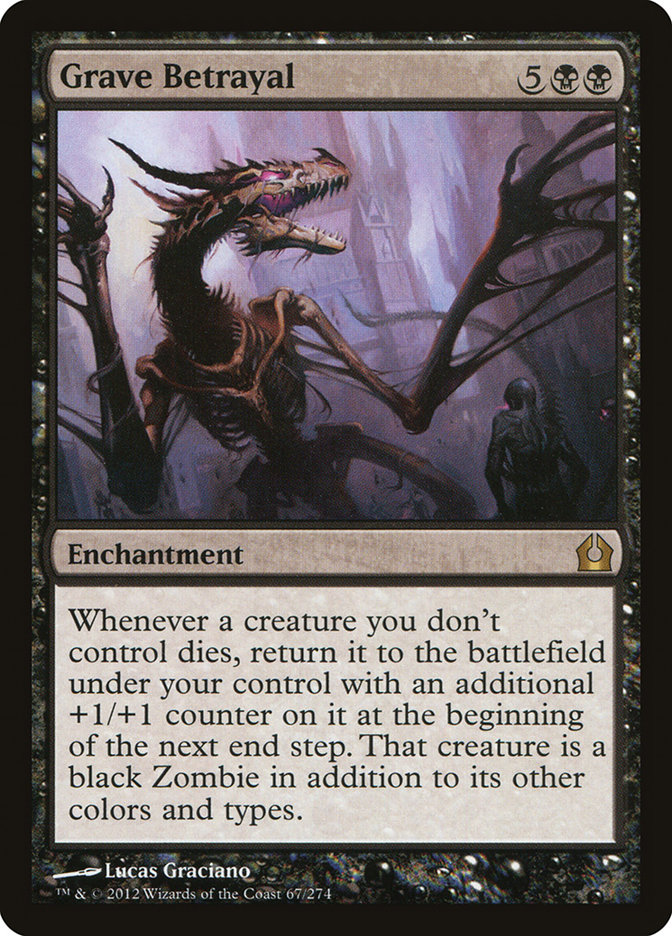
But then the pandemic hit, and suddenly the kitchen table was replaced by SpellTable. Reanimating tens of opposing creature cards you can’t physically manipulate or even have present on your board was logistically bothersome enough to rule out the Massacre Girl deck from these sort of games.
That’s a bitter pill to swallow, but Kristen didn’t let it sour her really cool concept. With products like InfiniTokens helping more and more players adapt to the SpellTable environment, she’s been able to tweak the deck and triumphantly re-debut Massacre Girl for online play.
Kristen’s deck primer actually hits on one of the key benefits of deckbuilding as an exercise: you learn to pinpoint what specific aspect of each deck is exciting and essential to your enjoyment. Sometimes these decks end up fun enough to actually build and play (Sefris), other times they remain a thought exercise (Zada is cool, but very linear). But in either case, you get better at projecting which future deck ideas are worth the extra effort of pursuing in practice.
A WORLD OF PURE IMAGINATION
Being able to enjoy deckbuilding as a solitary, almost meditative pursuit can be an advantage when you don’t have a lot of chances to play or talk about Magic. Let’s face it though: the social component of the hobby is still probably the most important for a majority of players. Luckily, there’s plenty of ways to share your experience and engage with the community through deckbuilding alone!
A close friend of mine in both paper and online Magic really opened my eyes to this when Modern Horizons came out. Almost exclusively a Commander player, he found Morophon, the Boundless the most exciting card in the set—exciting enough to kickstart an ambitious deckbuilding project:
“The second I saw Morophon I felt that it was an unconventional power boost for tribal decks, and that I wanted to challenge myself to make it work for as many tribes as possible. Before anything else, I knew I had to try and streamline the process as much as possible, because the act of simply constructing the decks, even digitally, would be time consuming.”
When my friend off-handedly mentioned he’d been building unique Morophon Commander decks for most creature types in Magic, I was flabbergasted. He’d put together a well-researched common core of tribal support cards, and I had full faith in his ability to dig up cool under-used options for all sorts of creature types to line up behind the big slimy shapeshifter. But why commit so heavily to brewing so many different decklists when you’re realistically never going to play them all?
“I think there’s a sense of satisfaction in finishing any of these decks… like finishing reading a chapter of a book. Even if I never plan on actually putting them together in paper, they can make for good stories as I tell people about the diamonds I found in the rough. Beyond that, they also add to the future deck building repertoire, if I need the unique abilities they have.”
To me, advancing your understanding of Magic and getting to share fun anecdotes or trivia about the game are two of the most foundational motivations which keep people invested in the hobby. While I mostly keep my deckbuilding exercises as a private fancy, making this project public gave my friend a cool jumping-off point for Magic discussions and got other players thinking in their own right, which was awesome to see. Between Discord communities and the kind of rich discussion happening on deckbuilding sites themselves, it is every bit as lively a way to enjoy Magic as playing, and sometimes an easier one:
“ I started building Morophon decks once I started getting burnt out playing on Magic Online. This was long before Spelltable, so my options for getting games were limited… I think this is a decent substitute.
I’ve seen, and engaged with a lot of deck discussions online, about decks outside of the project, with so many people that I might never have the chance to play with. The storytelling aspect of Commander also really lends itself well to discussion outside the game, whether that’s retelling epic plays, or justifying theoretical card inclusions in a deck that will never see the light of day.”
SHARING NEW ADVENTURES INTO MAGIC
Even if you’re not the kind of player who actively co-operates on developing decklists in groups or builds out lists for friends, this kind of casual debate around this card or that is a massive part of many players’ day-to-day engagement with Magic. One of the biggest strengths of Collectable Card Games is that there’s so much to just… rotate in your mind, even when you’re not in a context to jam games. So it’s not a big departure for players like my friend to jump into these more conceptual projects, especially when they become a way to stay in touch with like-minded brewers.
“I think my other pet project, Mono White Happily Ever After, is a prime example of a deck that I’m having a lot more fun thinking about and brewing, than actually piloting. It’s focused on an extremely slow, easily disruptable boardstate you have to maintain for a whole turn cycle, while telegraphing your win the entire time. That being said, every set without fail I’m keeping my eyes peeled for relevant cards, because I like finding little synergies that would be normally overlooked.”
“I guess I kind of treat these decks, Happily Ever After included, sort of like art pieces, only the artist comes back every few months and puts one or two new brush strokes on the painting. They don’t necessarily need to function at an acceptable level if you can show them to people and have them appreciate the ingenuity of putting all the pieces together.”
Of course, there’s still plenty of chances to trot these show pony decks out at a welcoming table—one of my favorite recent experiences was geting to play against another friend’s Volo deck, featuring a menagerie of EDHREC’s least-played creatures and creature types. I won’t bother trying to explain how he reached a point where having TWO Pirate Ships made the difference between life or death while staring down a Sliver Overlord, but I’m sure you can imagine how excited every player at that table was—Sliver pilot included!
As I notice more and more tension in community discussion around “must-includes” and less powerful decks being slowly pushed out of playability, it seems a good time to remember that there’s more than one way to enjoy a cool deck concept. I’m not saying to give up on playing your favorites—I just wrote a whole article on how to make that work. But Magic is better than most games at rewarding other modes of engagement, so if you want to improve your understanding of the card pool, your own playstyle and your connection to the community, then give this kind of pure deckbuilding a try.

Tom’s fate was sealed in 7th grade when his friend lent him a pile of commons to play Magic. He quickly picked up Boros and Orzhov decks in Ravnica block and has remained a staunch white magician ever since. A fan of all Constructed formats, he enjoys studying the history of the tournament meta. He specializes in midrange decks, especially Death & Taxes and Martyr Proc. One day, he swears he will win an MCQ with Evershrike. Ask him how at @AWanderingBard, or watch him stream Magic at twitch.tv/TheWanderingBard.

